Plant the black monoca grape vine in full sun. Train this deciduous woody vine on a trellis, wall, tree or pole. The plant is about 6 feet tall. Flowers are self-fertilizing, but they need heat to ripen fruits. Grape vines can be a very ornamental plant in the landscape.
How to irrigate, prune and fertilize grapes
Plant in well-drained soil. As a recumbent plant, do not provide extra water during hibernation. Prune the vines during this time to prepare for spring growth.
Start watering in the spring after the plants emerge. Water once a week. As the summer heats up, increase the frequency to 2-3 times a week.

Reduce watering frequency as it cools in the fall. Vines can be affected by fungi such as powdery mildew and rust, so be sure to keep the soil moist at all times.
Use organic fungicides such as Liqui-Cope or horticultural neem oil to prevent or treat common fungi such as powdery mildew.
Add some compost to the top layer of soil in winter and before spring. Fertilize grapes in spring with a balanced organic fruit tree fertilizer with a 1-1-1 or 2-1-1 NPK ratio such as (5-5-5) or (6-3-3).
Apply growth formula fertilizer again in summer. Do not fertilize in the fall because the tree’s growth has slowed down at this time. Use a low nitrogen, high phosphorus, potassium 1-2-2 or 1-4-4 NPK fertilizer such as the 4-12-12 NPK analysis.
Grape blossoms and future fruits of the new growth are called canes. Flowers start on a small cane. Prune and re-prune this annual growth to keep it healthy.
compatibility
The two factors that determine whether a deciduous fruit tree will grow well and bear fruit in a particular area are the need for cold weather and cold resistance. “Chilling hours” are the amount of frost required by a deciduous fruit tree to produce fruit.
This is measured by the number of hours below 45 degrees Fahrenheit that the plant must spend during its winter hibernation. Paradise Nursery grows only hardy fruit trees that meet the cold conditions of all regions of the United States.
The second factor is cold hardness. Cold hardiness refers to the minimum temperature that the plant can tolerate. USDA cold hardiness zones represent the average minimum winter temperatures for the regions.
Based on shipping zip code, our website only allows you to add plants to your cart that grow in USDA hardiness zones and are tolerant to your climate.

pollination and reproduction
(grafting/cuttings) Most of the edible plants are self-fertile in Paradise Nursery. Self-pollinating trees do not need an additional tree to produce fruit. For your convenience, we have introduced the trees that require pollination and their associated pollinators.
Only sweet cherries, avocados and some peaches need pollinators. All of our other edible plants do not need pollinators. All of our edible plants are either cuttings, sprouts or transplants.
In this way, we can be sure that our plants are of high quality and bear fruit immediately. Plants usually begin to bear fruit within a year of planting.
Black Monukka was obtained by the California Department of Agriculture. 1910 from England, where it was obtained from India. Its true origin is unknown. It is believed that its name is derived from the tall Iranian grape “monokka” which means “raisin”.
It was not a notable day in traditional California raisin markets due to its larger size, darker color and larger seed markings compared to ‘Thompson Seedless’.
It is often used in specialty markets such as health food stores because of its unique characteristics, including its black color, tender skin, and distinct flavor.
A 1997 California area report lists 359 acres for “black monocae.” The average production of raisins in the ten years from 1367 to 1376 was 751 tons per year.
It is sometimes used as a table grape for local markets and its response to gibberellic acid is similar to that of ‘Thompson Seedless’. The crispness and thin skin of the berries excludes them from table grapes for transportation. Famous for use in the home garden.
The vine is strong and fruitful either under inspiration or cane pruning. Most grape vines are pruned using canes for better yield.

Berries are large (average 3 g), oblong-oval to cylindrical, red to reddish-black when fully ripe, thin-skinned, hard pulp. One or two seeds usually contain 2 to 4 mg of dry weight.
Clusters are very large, long and cylindrical, usually shoulder-width apart, and store well, averaging 1.5 lb (689 g), with a range of 0.5 to 2.5 lb (226 to 1,135 g). The ripening time is largely influenced by the size of the product. On average, crops ripen slightly earlier than ‘Thompson Seedless’.
Older plants carry viruses associated with leaf curl, which slows the development of fruit color from red to black, leading to significant discoloration of grapes and raisins (light to dark). Only approved virus-free propagating material should be used in new plants.
Clear a spot in your garden that gets at least seven to eight hours of south or southwest sunlight.
The UCLA Department of Agriculture and Natural Resources also recommends marking a 3- to 4-foot-deep area of good-quality, well-drained soil over a layer of hard rock or rock. This ensures that the black monoca roots have plenty of room to spread.
Add a thin layer of compost to the soil, as this is enough to provide the nutrients the vines need to grow. Spread compost or manure on the ground and dig into the soil.
Dig holes in rows about 8 feet apart and large enough to accommodate the grape root balls. Providing adequate space is important to ensure that the growing vines have enough room to spread.
Remove black monoca plants from pots or celery bags. Check root balls for contamination and remove damaged or rotting roots and leaves.
Carefully lower the root balls into the holes and fill with soil around them, making sure the tops of the root balls are level with the soil surface.
Give newly planted vines enough water to keep the soil moist and not muddy. Pour water directly onto the base of the vine.
Continue to monitor the vines during the first year of growth. Water enough to keep the soil around the vines moist, but avoid overwatering. After the first few weeks, water the vine only when it is dry.

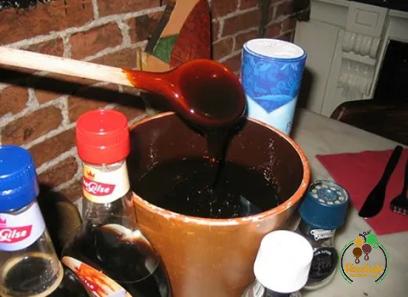
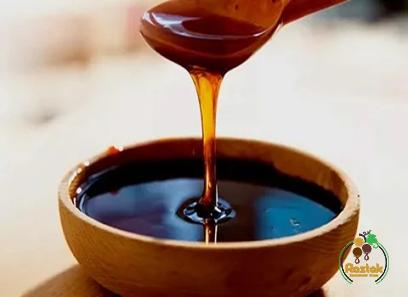
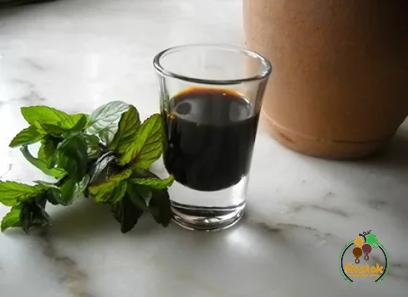
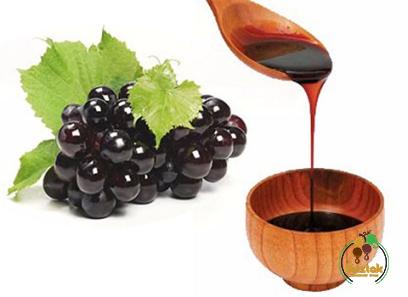

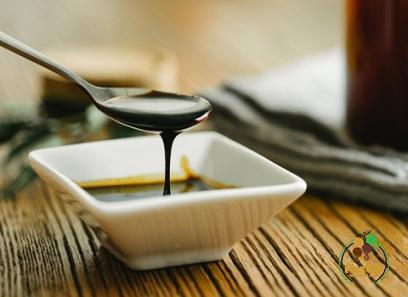
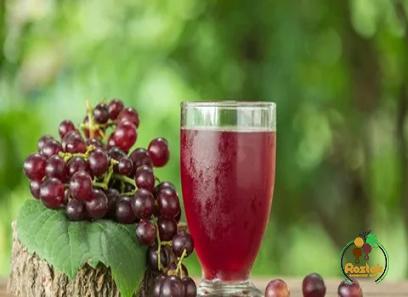
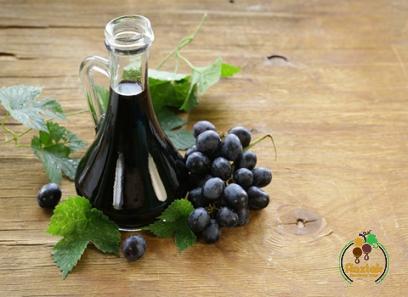
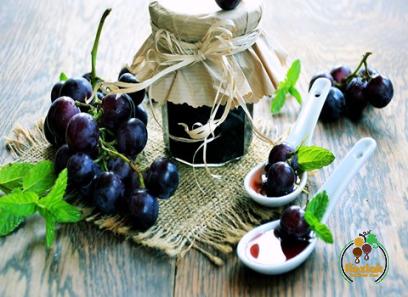
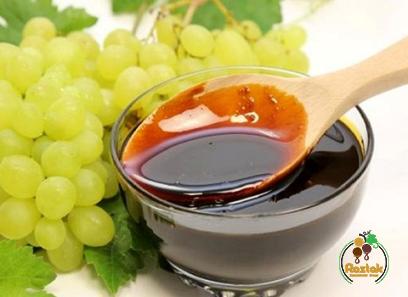
Your comment submitted.